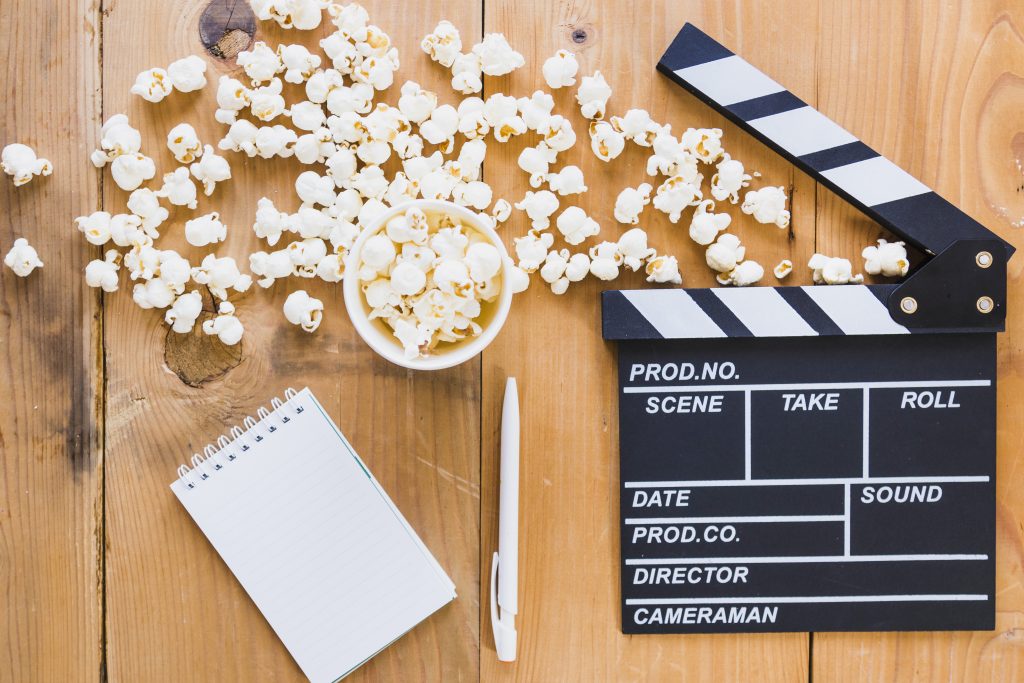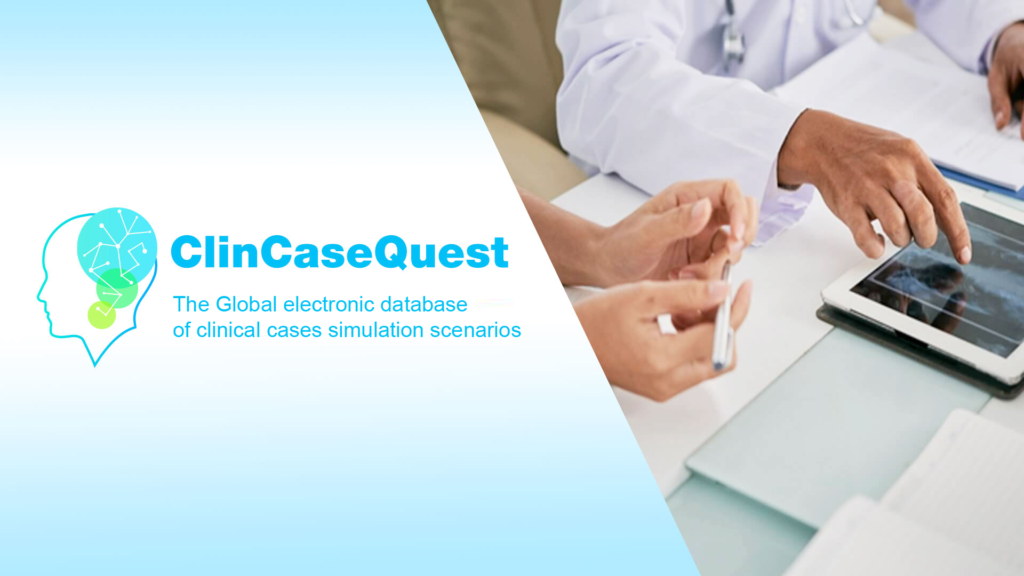Scenario-based learning

Scenario-based learning (SBL) is an immersive learning environment in which students are faced with real work tasks and receive realistic feedback as they progress since everything that happens, reflects the student’s choice.
Unlike many e-learning courses, where learners passively assimilate information by reading the text and then taking the test, in scenario-based learning they actively participate in the process from start to finish.
Scenario-based learning is a form of inquiry-based learning — learning by asking questions, problems, or scenarios. The method is contrasted with traditional didactic teaching, where information is presented directly, or there is a standardized method of acquiring knowledge. The learning process is controlled by a mentor or teacher as a mediator. Students must identify and research problems and questions in order to expand their knowledge or find solutions. Learning by discovery includes problem learning, and is generally based on research and small projects, as well as scientific research. Learning by discovery is very closely related to the development and practice of critical thinking.
The cognitive processes that people engage in while learning through discovery include the following:
- Asking your own questions
- Collecting evidence to help answer the question(s)
- Clarification of the collected evidence
- Linking explanations to the knowledge they arrived at during the research process
- Creating arguments and justifications for why the explanation is valid
Learning by discovery involves asking questions, noticing details, checking what information has already been learned, developing methods for conducting experiments, developing tools for collecting data, collecting, analyzing and interpreting data, indicating possible explanations, and predictions for future research.
Scenario-based learning is justified when:
- a decision made at a certain point affects how things go next;
- the task requires analysis and problem-solving skills;
- there is no single correct solution to the problem;
- it is difficult to provide practical practice.
Teaching scenarios can be linear as well as non-linear (branching).
Branching is the choice of a sequence of actions depending on the fulfillment or non-fulfillment of a certain condition. Branching in training scenarios makes it possible to build logical chains in order to optimally solve a problem with the least possible loss.
With scenario-based learning, it is possible to implement:
- Communication skills training. Scenario-based learning fits naturally with interpersonal skills training. Branching scenarios can effectively simulate dialogues between doctor and patient, doctor and patient’s relatives, and between doctors. Building dialogue simulators with a branching scenario immerses the learner in a role play that allows learners to apply knowledge in a realistic context and receive meaningful feedback from the virtual interlocutor.
- Training the skills of clinical thinking, logical thinking, thinking based on the principles of evidence-based medicine. On
theone hand, the medical specialty involves the performance of routine tasks that require the same sequence of actions, on the other hand, the provision of medical care requires a deep analysis and understanding of the clinical situation. It is training using clinical case scenarios that can provide an opportunity to gain experience in a virtual patient-safe environment and subsequently implement this experience into your clinical practice. - High-risk tasks training. In medical practice, the cost of a mistake can be very high. Of course, no learning scenario can replace real-world experience, but students can at least make some mistakes and learn from them in a simulated environment without risk of physical harm or other serious consequences.
Is it always justified to develop training scenarios?
It is not always justifiable to develop educational scenarios with a choice.
If the learning goal is to master a single correct sequence of actions or to teach how to perform routine step-by-step tasks, the traditional instructional approach and workbooks will work, but not a branching scenario. In such cases, the linear sequence methodology is appropriate. In this case, there is no need to build a scenario with branching.
Plus, if learners have no prior knowledge or experience, their decision-making process will be more like a guessing game. It can be fun, but there must be a clear structure for effective learning. While a great flexible practice tool, scenario-based learning is not structured like this and usually cannot serve as basic training. It makes no sense to run a complex simulation if the student is not familiar with the basic theoretical data on the topic of simulation.
At the same time, this limitation can be overcome by integrating theoretical data on a particular medical issue into a simulation scenario.
What are the benefits of learning based on clinical case scenario?
1. Feeling of reality.
Scenario-based learning creates an immersive clinical experience that’s interesting because it gives students a sense of reality.
2. Gaining medical experience in a safe environment. Learning based on clinical case scenario provides a safe environment in which errors are part of the learning process.
3. Possibility of repetitions to difficult moments until complete assimilation of the material. Mistakes help learners understand a topic more deeply, as they can be accompanied by detailed feedback and microbranching until the skills are fully developed.
4. Emotions in learning. The effect of complete immersion and experience of clinical and diagnostic search, successes and failures arising from the passage of the scenario as well as the reactions and emotions of the characters – contribute to a deeper memorization of the material through involvement and co-presence, of the clinical situation, which will actually be included in the concept of medical experience.
5. Better attention retention. During scenario-based learning, students not only passively absorb information, they are encouraged to use all their senses, as well as think and make decisions for themselves. All this increases involvement and responsibility which are especially important for the formation of professional competencies of a doctor.
6. Demonstration of causal relationships. Scenario-based learning allows you to reduce time and align actions with their consequences, even if they actually manifest in the distant future. With the help of educational scenarios, logical and clinical thinking can be developed.
Scenario Based Learning (SBL) is a realistic digital learning environment. The creation of gamified clinical case scenarios can greatly improve both undergraduate and postgraduate medical education. With SBL, students can practice communication and clinical thinking skills and safely rehearse high-risk tasks. The development of the action and the final result in scenario-based learning depends solely on the choices and decisions of the students.
To improve the quality of undergraduate and postgraduate medical education in the “Global electronic database of clinical case scenarios “ClinCaseQuest””, a methodological approach to scenario-based learning in clinical case simulators with sequential multiple microbranching is developed. This allows the development of clinical thinking, diagnostics and therapy in a training virtual scenario of a clinical case.
Register on our website right now to have access to more learning materials!





